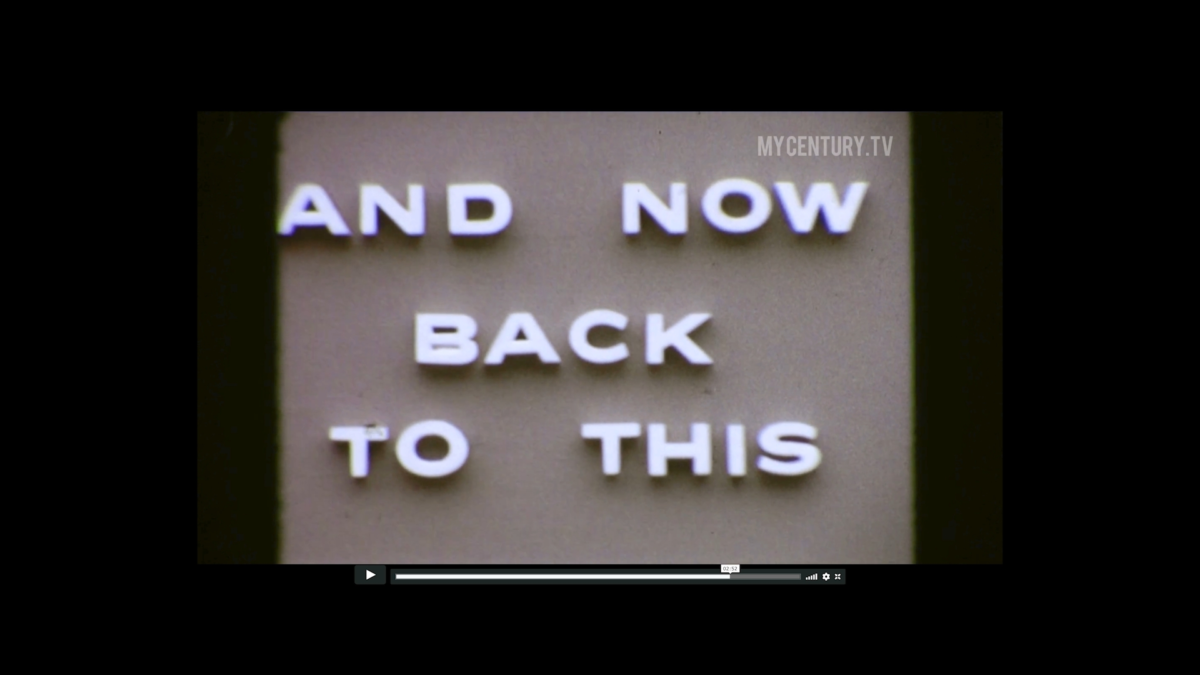
The dish is made with two ingredients – videos about how communism appears in pop culture and your own textual and visual notes. Depending on the availability, you can use fresh or aged notes. This is a great way to use up leftovers. Once you collect the notes, let them sit for 24 hours to drain off any problematic flavors and tastes. Do the same with the videos, but be especially careful because if they don’t drain well, they can become extremely toxic and harmful. Always check the origin of the ingredients. Videos found in the wild can be extremely compelling, but just as poisonous. Process the drained ingredients in a grinder or blender. If you’re not a fan of the analog process use a digital alternative. The secret is making a good mixture. This is what gives your dish a special and balanced taste, a unique mark of your artistry. Fill and smooth the mixture into an enameled pot. The container should be clean to avoid external contamination. Let the mixture rest for another 24 hours. Remember that once mixed, the ingredients take on new nutritional qualities. Therefore, letting things rest and tasting them regularly during the process is essential. Once you are happy with the taste and consistency of the mixture, smooth with a bottle to give them the desired shape. It is recommended that you make three different sizes because the flavor is distributed differently and you will effectively have three different dishes with one mixture. Repeat as many times as needed and then hang. Leave in a dry place for a few days and in the dark for up to a month.
text: Vasil Vladimirov
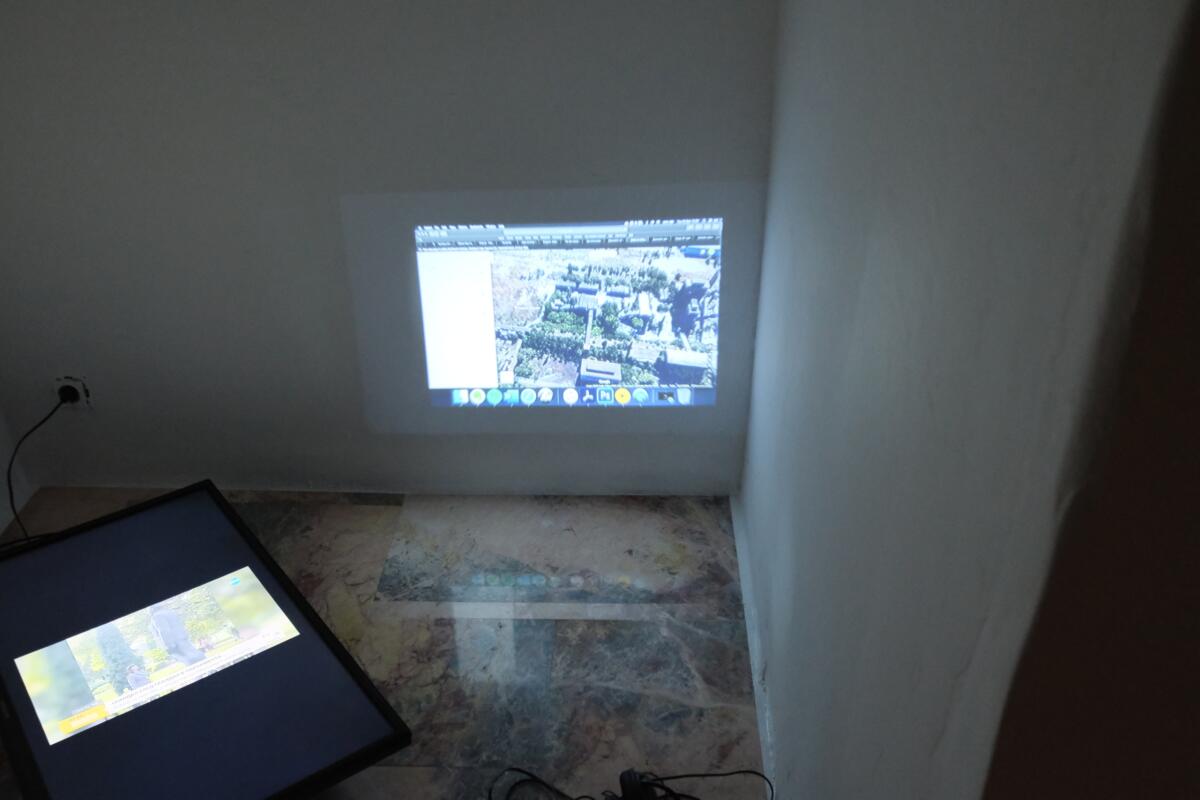


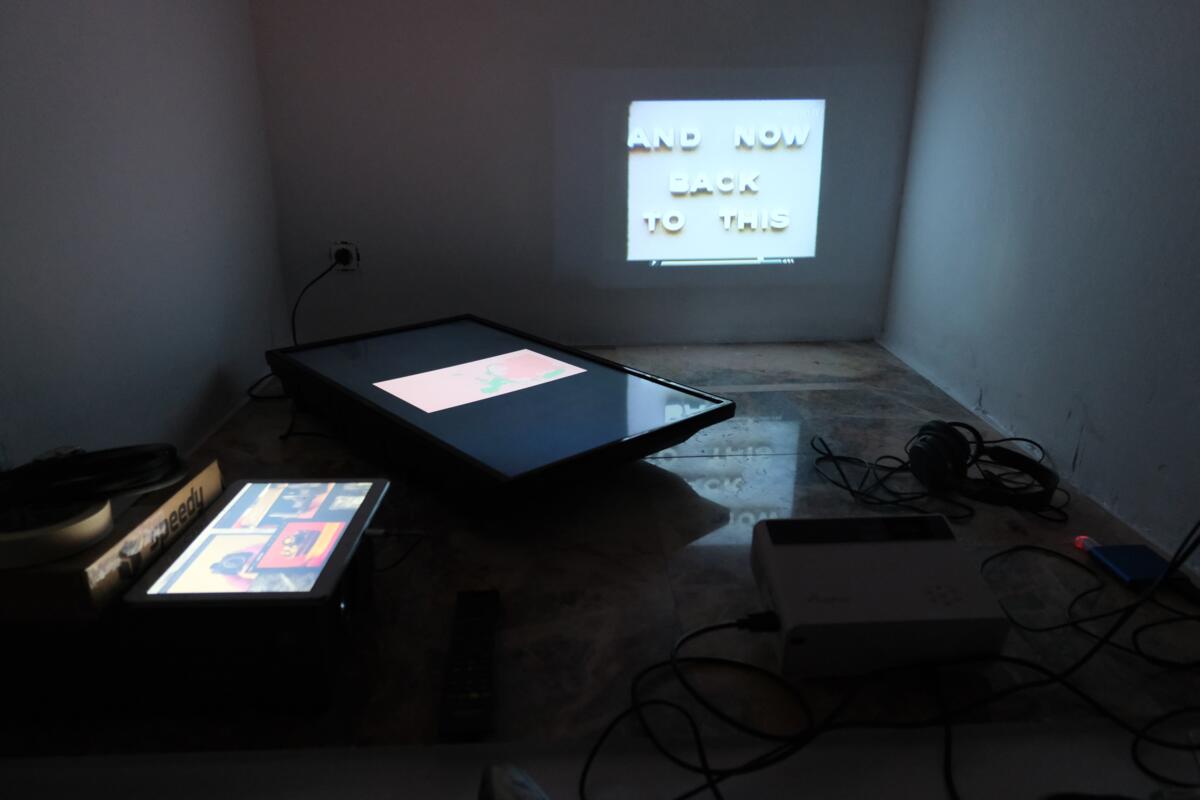


The fine art works, part of the series “Are we communists?” deal both with the social and public, but also with the personal. In the file komunistkite.mp4, the artist flicks through the channels of the TV and underlines the two extreme positions – the anticommunist and communist. While fail2.mp4 and Film_3.mp4 show some kind of fragmentary images, bad ones, with poor quality – from films such as “The Crimes of the Comrades” and “The Survivors – Stories From the Camps”, alongside a series of screenshots from Google of places of violence, and others where parts of the archive of State Security were destroyed in the 1990s. And in the last artwork KRASI.mp4 you will encounter the author in motion/frozen, here with her body she refers to the book “The Body Keeps the Score: Brain, Mind, and Body in the Healing of Trauma,” and bodily movements and tactics of experiencing and processing traumatic events.
Text by: KRASI.mp4
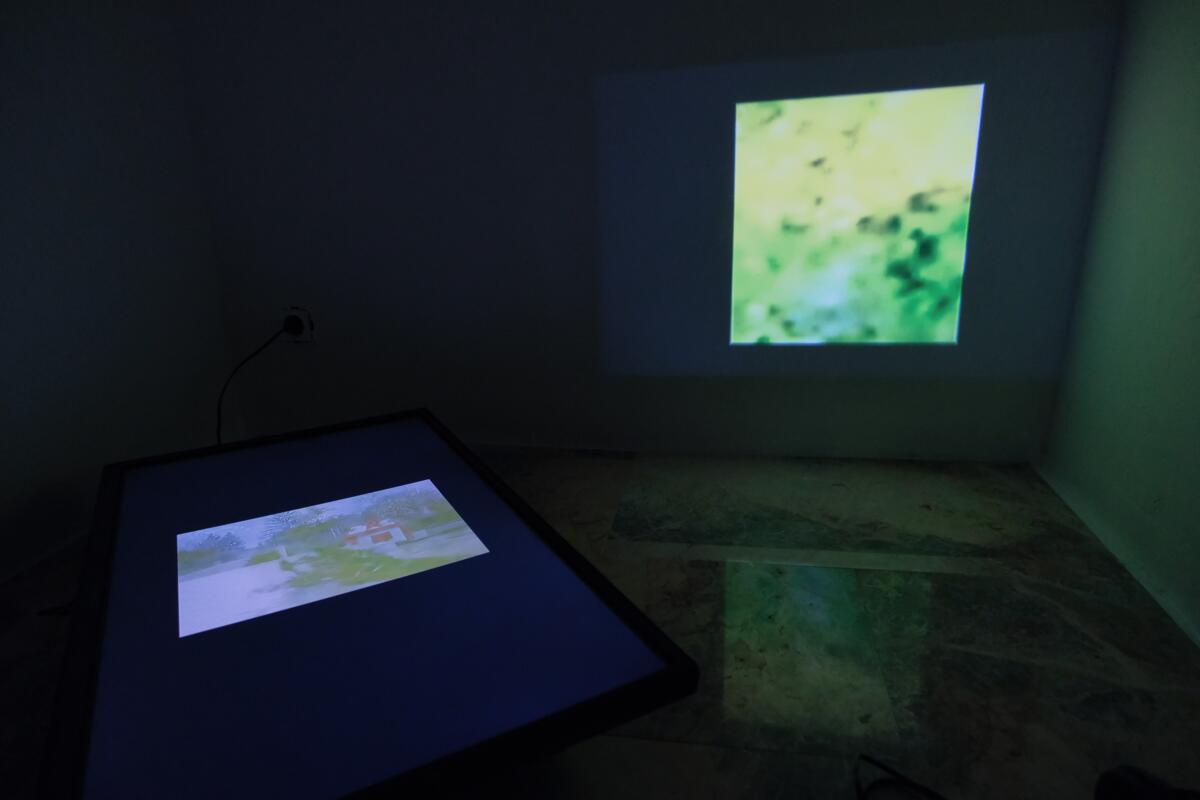
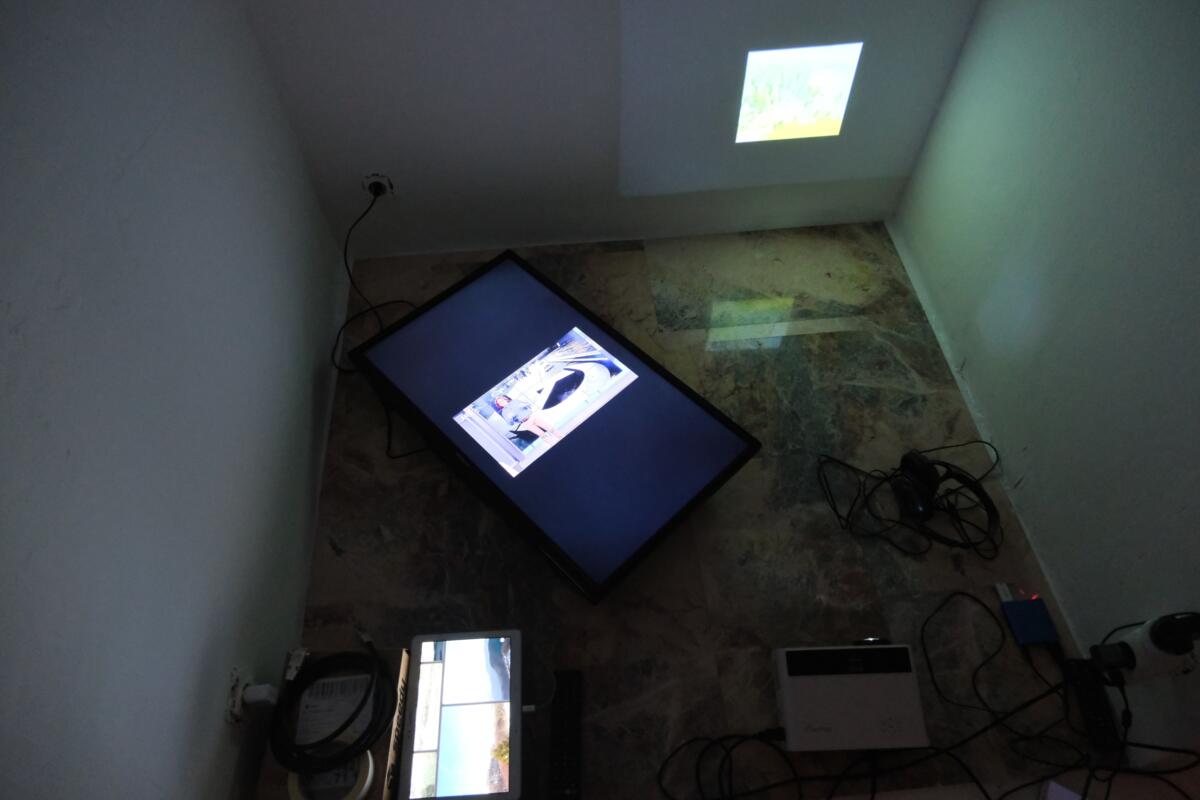

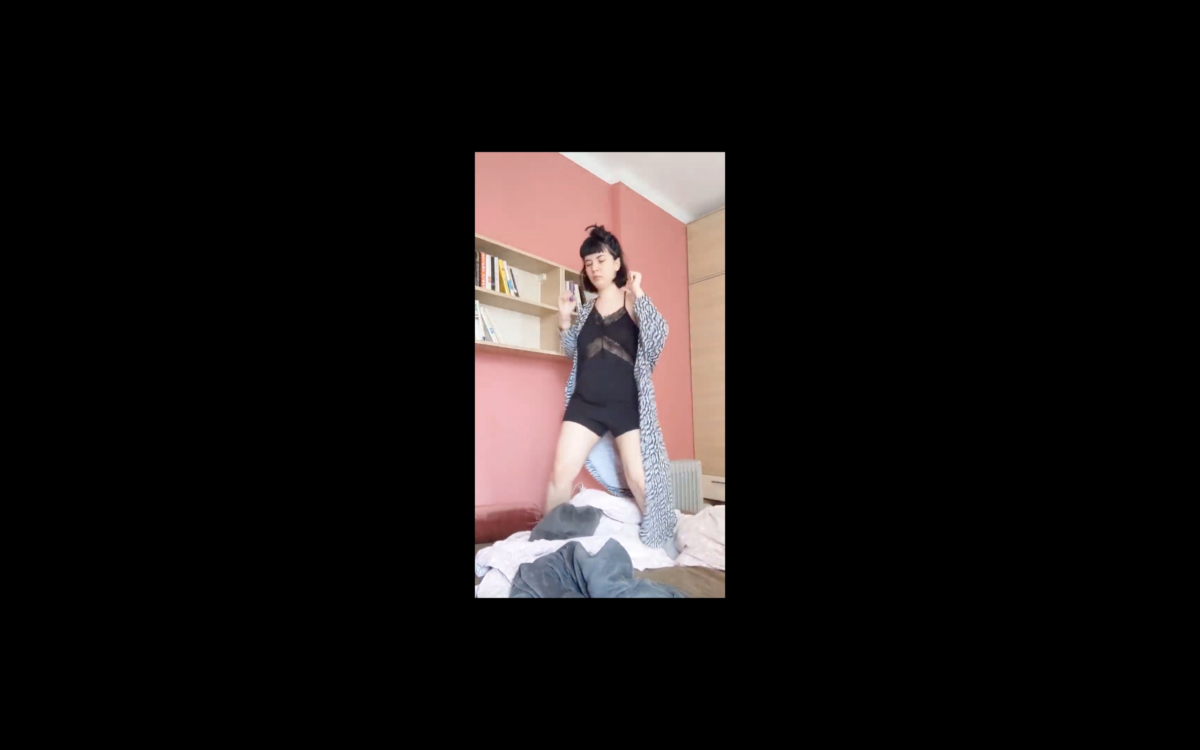

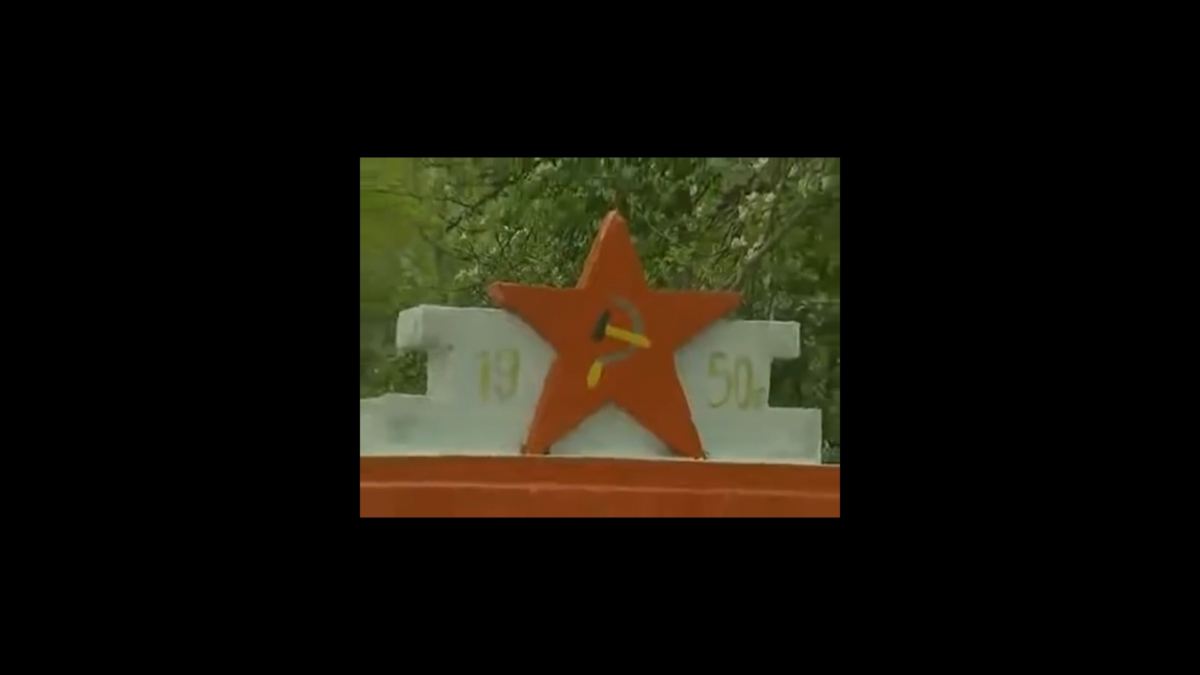

Krasimira Butseva is a visual artist, researcher and educator. In her practice, she investigates political violence, trauma and history in the context of the Bulgarian communist regime, through photography, video, sound and installation. She also is a lecturer at the London College of Communication, University of the Arts London; in addition, she is the awardee of BAZA (2022), and has been an artist fellow at Akademie Schloss Solitude (2021); she also has been a part of solo and group exhibitions in Bulgaria, UK, Germany, China, Serbia and South Africa.
ГАРА space is an independent, artist-run, alternative space located in Sofia, Bulgaria. Part of a small apartment, it’s a dauntingly tall and narrow niche that is appropriate for a more unified approach. Three spot lamps and four fluorescent tubes emit a neutral light that illuminates like the flames of an ancient fireplace. Left visible, cables and electronic ballasts power these cheap totems whose thin bodies stutter an illegible alphabet.
It’s not a new gallery, it’s a one-bedroom apartment – the exhibition ends when sleep begins
ГАРА space is open by appointment only. Exhibitions can be viewed 24 hours a day here: www.garaspace.art
Imprint
| Artist | Krasimira Butseva |
| Exhibition | Are we communists? |
| Place / venue | ГАРА space |
| Curated by | Vasil Vladimirov |
| Photos | Margarita Dancheva |
| Index | artistrun bulgaria eyewitness Garaspace Krasimira Butseva Margarita Dancheva Marina Genova sofia Stefan Dimitrov Stefan Vogel Vasil Vladimirov ГАРА space |
